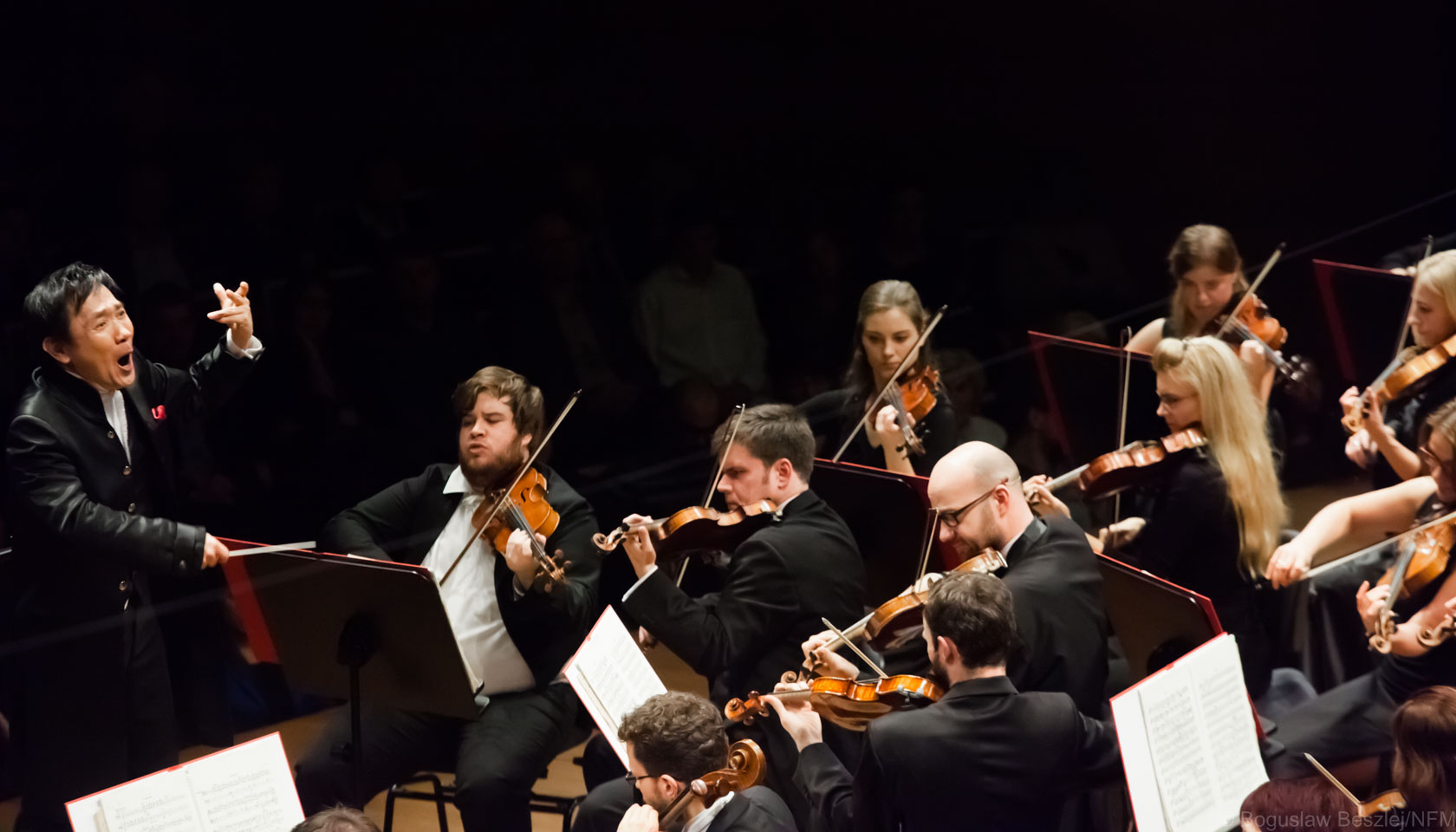Stravinsky began composing The Rite of Spring in 1911 having had a “fleeting vision” in the spring of 1910, as he finished The Firebird. “I saw in my imagination a solemn pagan rite: sage elders, seated in a circle, watched a young girl dance herself to death. They were sacrificing her to propitiate the god of spring.” The score was completed the following year, written for ballet and representing Scenes of Pagan Russia. It was billed in French as Le sacre du printemps, and was first referred to by its English title, The Rite of Spring, by Diaghilev, the founder of the highly regarded Ballets Russes, for a London revival in 1921. It’s first performance took place on May 29, 1913, at the Théâtre des Champs-Élysées, in Paris.
The ballets premiere has become one of the most notorious of cultural history’s cherished riots. It is important to note that a Parisian ballet audience during this period typically consisted of the wealthy and fashionable patrons, who expected to see a traditional performance with beautiful music, and the Bohemians who, Jean Cocteau proclaimed, would "acclaim, right or wrong, anything that is new because of their hatred of the boxes." According to reports, the hall divided rapidly into two groups, those who supported the composition and those who opposed it. “I have never again been that angry,” Stravinsky wrote, “The music was so familiar to me; I loved it, and I could not understand why people who had not heard it wanted to protest in advance.” However, most accounts of the phenomenon fail to indicate that, despite the revolutionary nature of Stravinsky’s music, it was the dancing that incited the audience to violence. When later referring to the conductor, Pierre Monteux, Stravinsky recalled, “It is still almost incredible to me that he actually brought the orchestra through to the end.”

